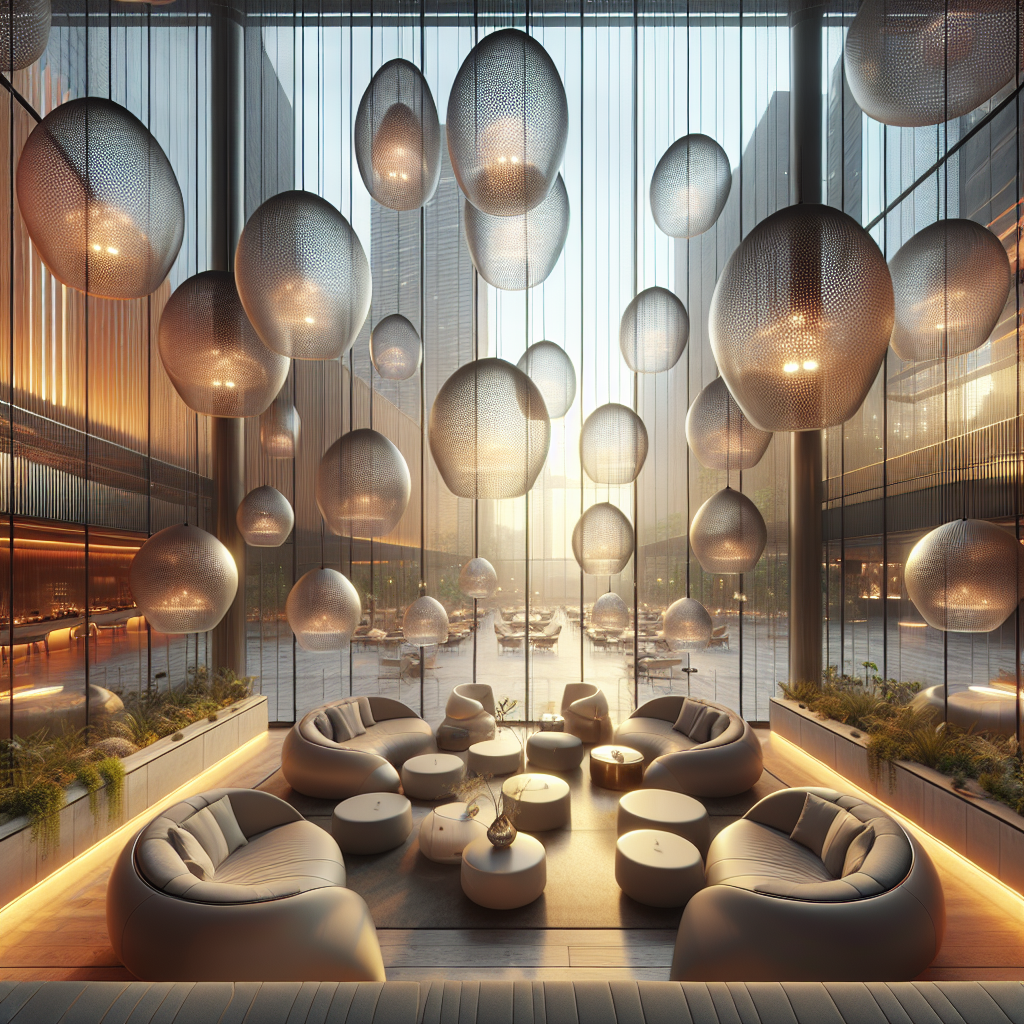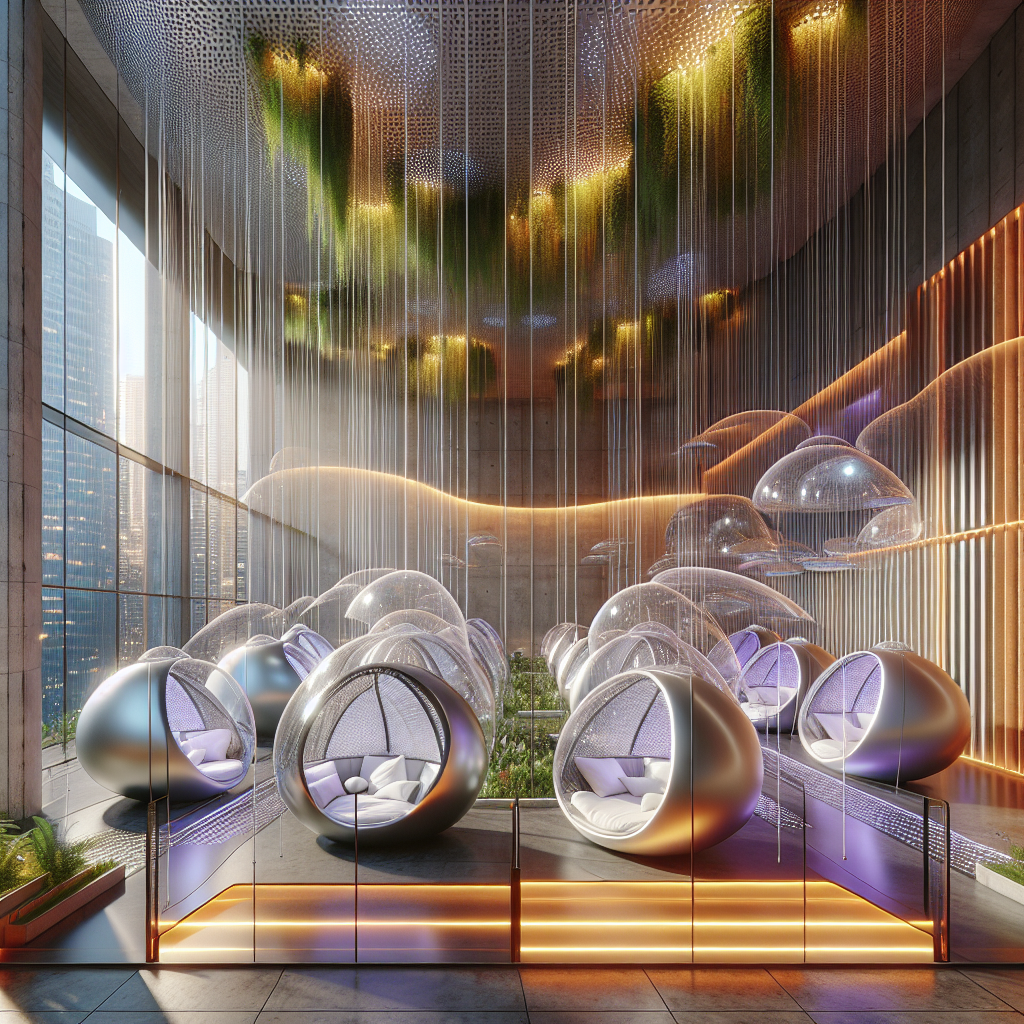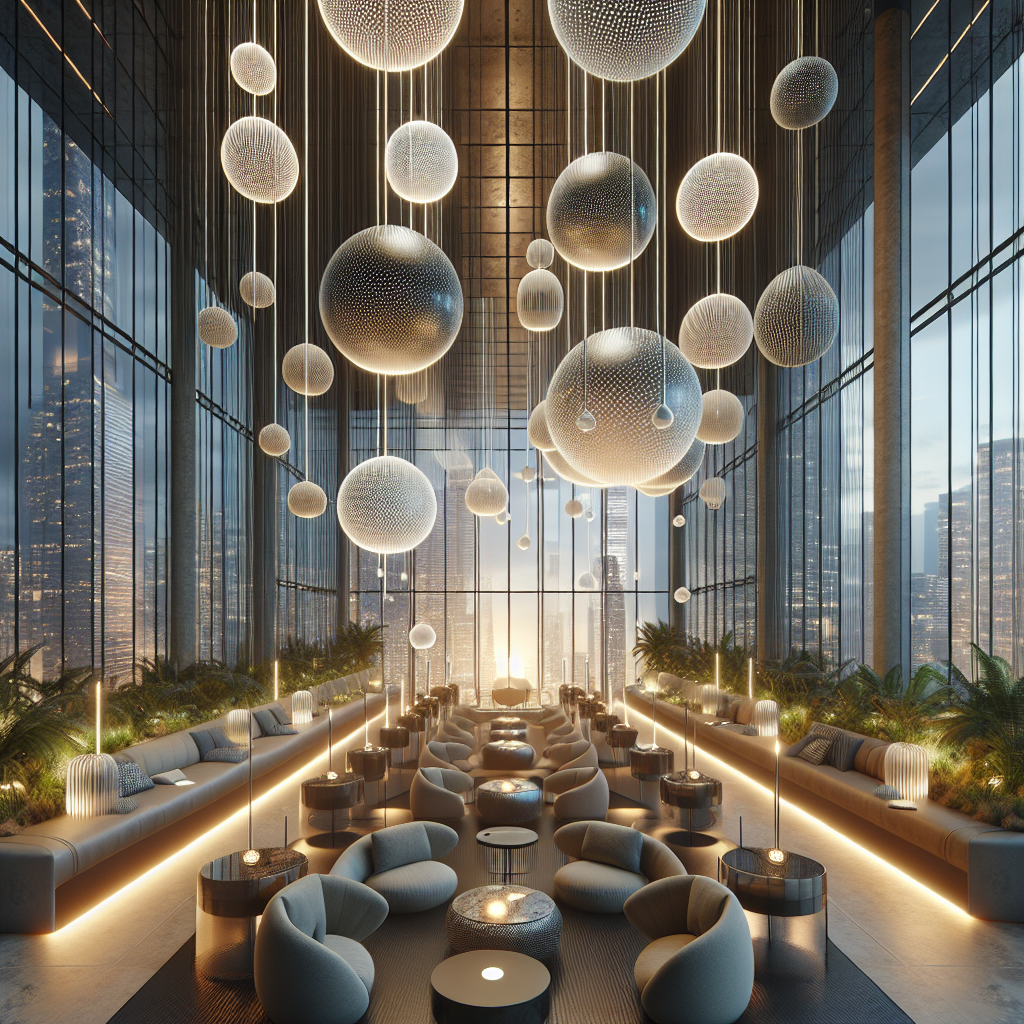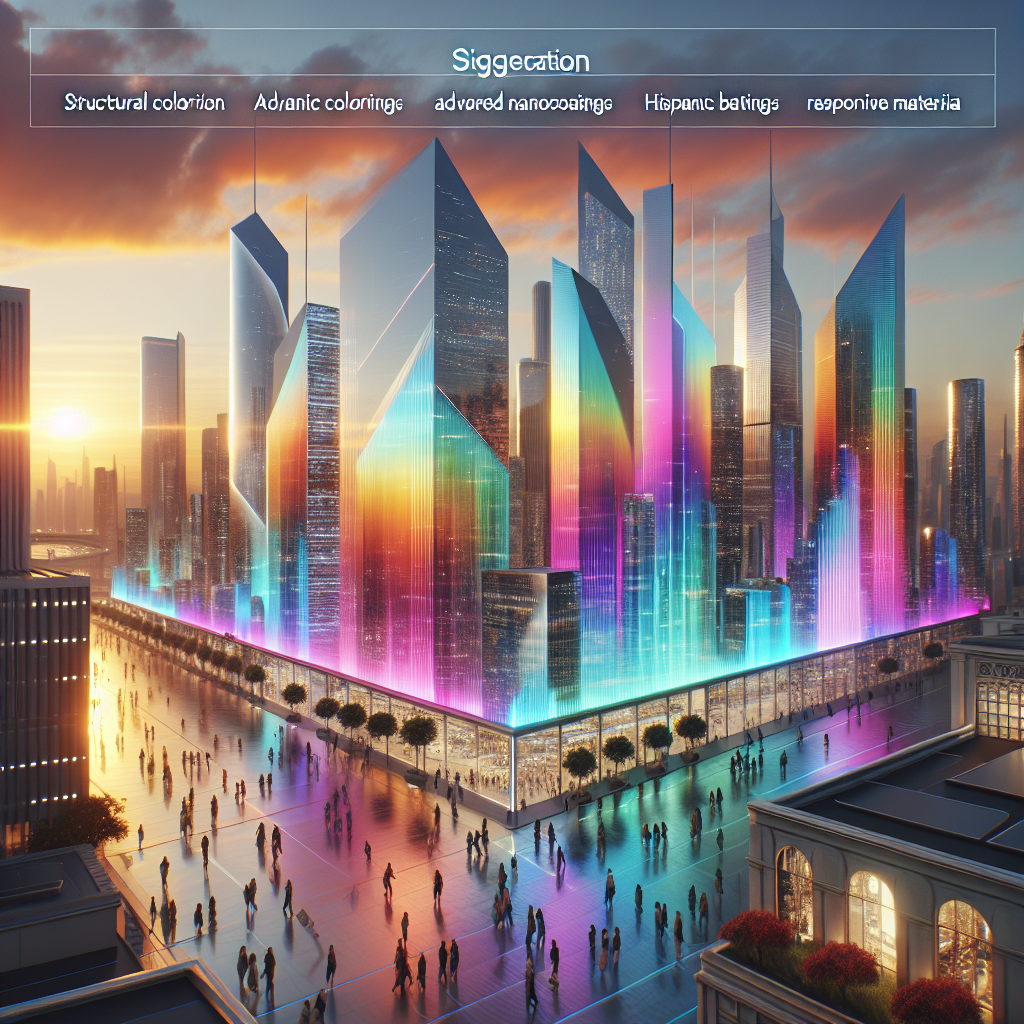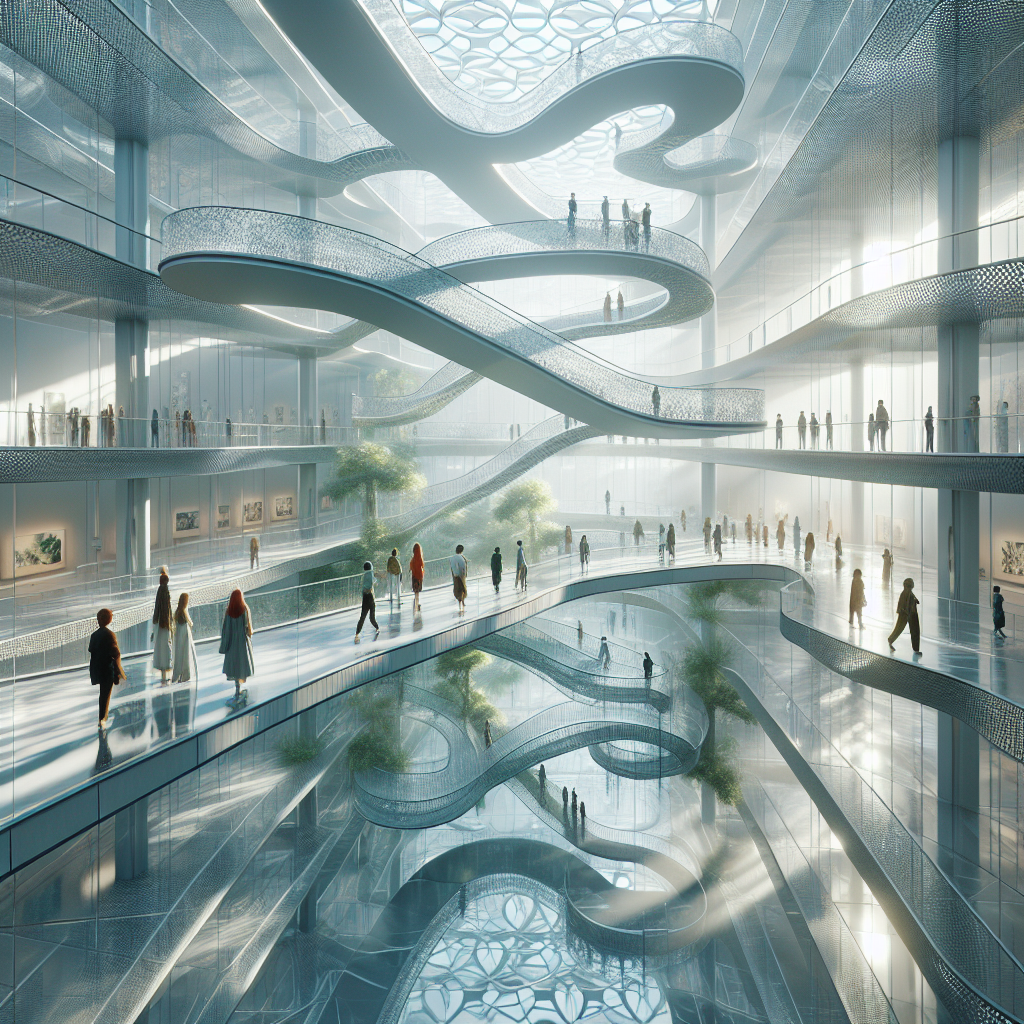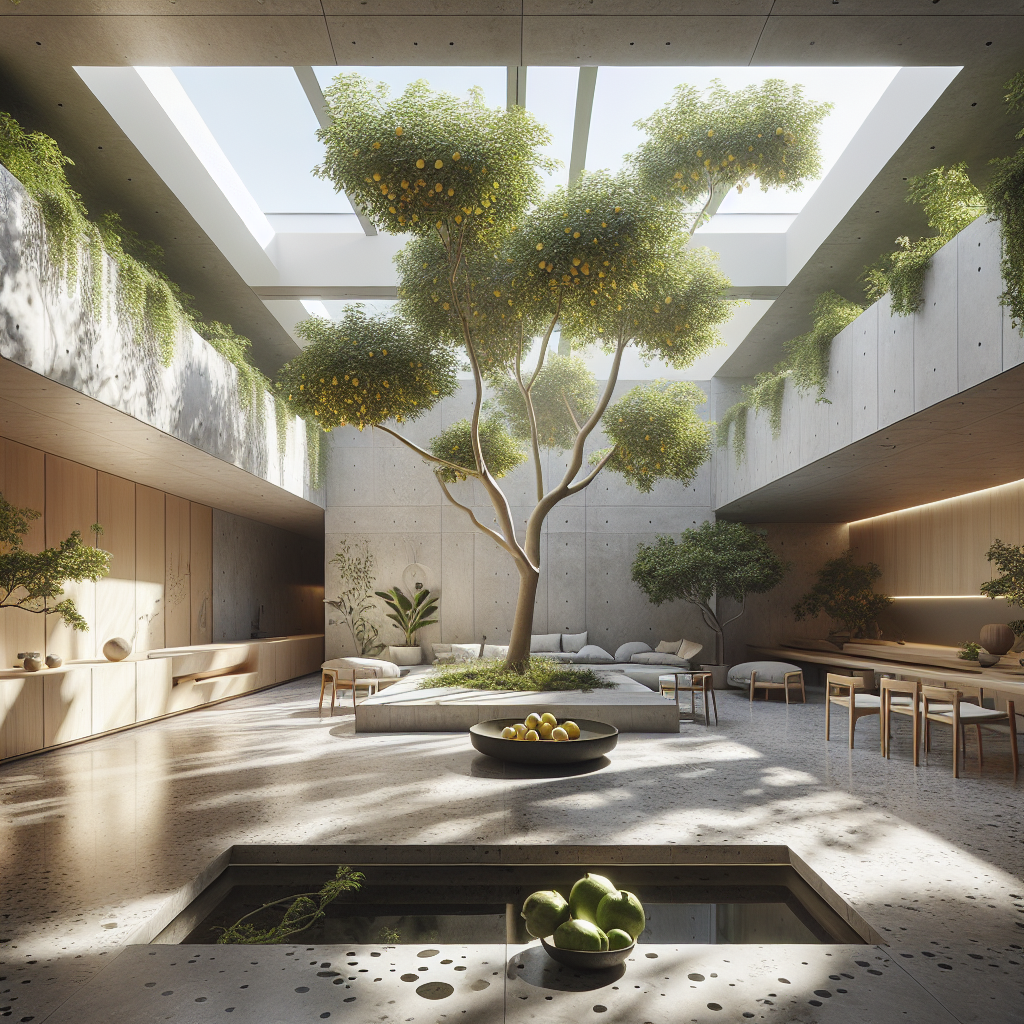The silent lounge: floating acoustic pods absorbing external noise
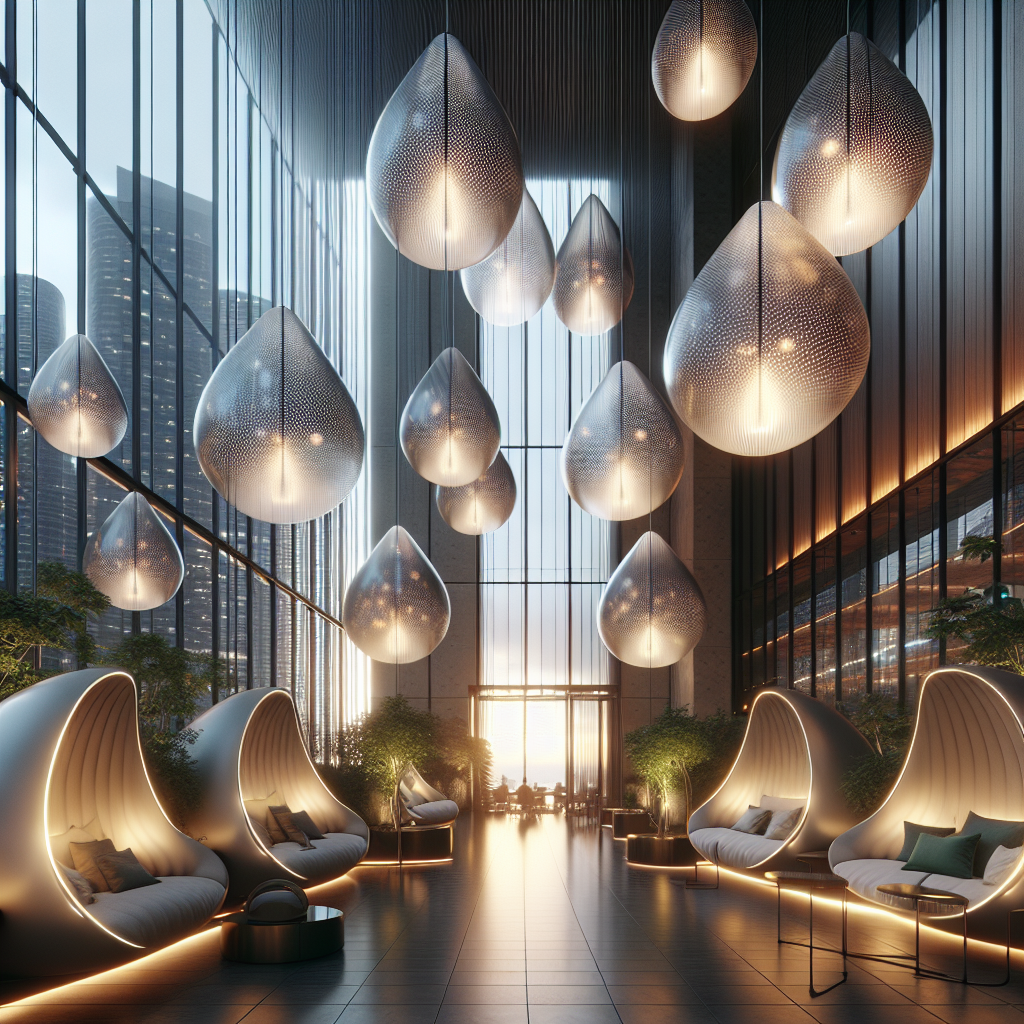
The Silent Lounge: Floating Acoustic Pods Absorbing External Noise
In the ever-intensifying hum of urban life, silence has become a rare luxury. Architects and designers are now engineering that luxury into existence through floating acoustic pods—self-contained sanctuaries that seem to hover in space, absorbing the chaos of the outside world. These “silent lounges” are redefining how we experience privacy, focus, and calm in environments that never truly stop vibrating with sound.
The Rise of the Floating Acoustic Pod
Over the past decade, the design world has witnessed a surge in interest around acoustic architecture—spaces that not only manage sound but sculpt it. From open-plan offices to hybrid co-working hubs, the demand for quiet zones has grown exponentially. According to a 2023 report by the World Health Organization, prolonged exposure to urban noise pollution contributes to stress, reduced productivity, and even cardiovascular risks. The architectural response? Create micro-environments that float above the din, both literally and metaphorically.
Floating acoustic pods are modular, sound-insulated capsules suspended from ceilings or anchored lightly to floors, designed to isolate users from external noise while maintaining a visual connection to their surroundings. Their rounded silhouettes—often reminiscent of cocoon-like orbs—invite occupants to step into a realm of sensory stillness. These pods are not just functional; they are sculptural statements that embody the intersection of acoustic comfort and aesthetic refinement.
Designing Silence: The Science Behind the Serenity
What makes these pods so effective is their sophisticated layering of materials and geometry. The inner shell typically employs acoustic foam composites and micro-perforated panels that diffuse sound waves rather than reflect them. The outer shell, often crafted from lightweight aluminum or bio-resin, acts as a secondary barrier, reducing vibration transmission. Between these layers lies an air gap—a critical buffer that amplifies sound absorption.
Designers have drawn inspiration from biomimicry, emulating the natural sound insulation properties of organic forms such as seashells or bird nests. This approach aligns with the broader movement toward biophilic design, where nature’s principles guide the creation of healthier, more harmonious spaces. The result is an architectural typology that doesn’t merely mute noise—it restores equilibrium.
Floating as a Design Philosophy
The concept of “floating” in architecture has long symbolized transcendence—an escape from gravity, clutter, and constraint. In the case of acoustic pods, this floating quality is both literal and psychological. Suspended from tensile cables or integrated into modular ceiling grids, these pods appear to hover effortlessly, creating a visual rhythm that contrasts with the static rigidity of traditional interiors.
Design studios such as Snøhetta and Mute Design have explored this levitating aesthetic, producing pods that resemble translucent bubbles or matte-finished capsules. Their interiors are lined with tactile fabrics—felt, wool, or recycled PET fibers—that absorb sound while inviting touch. LED lighting integrated into the seams emits a soft, diffused glow, reinforcing the sense of calm detachment. The experience is akin to entering a cloud: intimate, weightless, and profoundly quiet.
Applications Across Sectors
While originally conceived for corporate environments, floating acoustic pods are now appearing in airports, libraries, hospitality venues, and even residential settings. In co-working spaces, they serve as “focus booths” for deep work. In airports, they offer travelers a private refuge amid the cacophony of terminals. In luxury hotels, they function as meditative lounges—spaces for guests to decompress between meetings or flights.
In residential architecture, designers are integrating smaller-scale pods into open-plan apartments, where acoustic privacy is often compromised. These domestic versions double as reading nooks or wellness corners, aligning with the broader trend toward designing for solitude. The pods’ modularity allows them to be repositioned or reconfigured, echoing the flexibility of modular design systems that dominate contemporary interiors.
Material Innovation and Sustainability
Beyond their acoustic performance, floating pods exemplify the design industry’s pivot toward sustainable materials. Many models now incorporate recycled textiles, bio-based foams, and low-VOC finishes. Some even use mycelium composites—fungal structures that grow into dense, sound-absorbing forms. This commitment to eco-conscious design mirrors the architectural community’s larger pursuit of biodegradable architecture and circular material cycles.
In terms of energy efficiency, integrated LED systems and motion sensors ensure minimal power consumption. Certain prototypes also feature photovoltaic panels embedded in their outer shells, harvesting ambient light to power interior illumination. These innovations position floating acoustic pods not only as sanctuaries of silence but as models of environmental intelligence.
The Psychology of Quiet
Silence is not merely the absence of sound—it is a condition that allows the mind to recalibrate. Studies in environmental psychology have shown that controlled acoustic environments enhance cognitive function, creativity, and emotional well-being. The floating pod, therefore, becomes more than a design object; it is a therapeutic tool.
Architectural theorists often refer to these pods as “spatial headphones”—devices that tune the built environment to human needs. The curvature of their walls, the texture of their surfaces, and the diffusion of light all contribute to a multisensory experience of calm. In a world dominated by overstimulation, such spaces embody a new kind of luxury: the luxury of mental clarity.
Case Studies: From Concept to Reality
In 2024, the Dutch design collective Studio Liminal introduced the “Hush Capsule,” a suspended pod crafted from recycled wool felt and anodized aluminum. Installed in the atrium of a Rotterdam tech hub, the capsule floats just above eye level, accessible via a narrow bridge. Inside, a single armchair faces a circular window overlooking the city skyline. The effect is meditative—an urban observatory of silence.
Similarly, Japanese designer Keita Suzuki’s “Aerial Lounge” series explores the cultural notion of ma—the space between things. His pods, constructed from translucent polycarbonate and bamboo composites, are suspended within hotel lobbies, creating semi-private bubbles of calm. The material transparency allows light to filter through softly, while embedded acoustic membranes dampen external noise to near-zero decibels.
Acoustic Pods and the Future of Urban Serenity
As cities grow denser and more digitized, the need for acoustic well-being will only intensify. Floating pods represent a paradigm shift in how we conceive of spatial privacy—not as isolation, but as restoration. They are part of a broader architectural movement toward sensory balance, complementing innovations in floating architecture and responsive interiors.
In the near future, we may see entire “silent lounges” integrated into public infrastructure—floating above train stations, embedded within parks, or even suspended along waterfront promenades. These pods could function as communal sanctuaries, democratizing access to quietude in the same way green roofs democratized access to nature.
Redefining the Sound of Luxury
In the lexicon of contemporary design, luxury is increasingly defined not by opulence but by experience. The floating acoustic pod encapsulates this shift. It is an object of precision engineering and poetic restraint—a sculptural refuge that offers something profoundly human: the chance to listen to nothing.
For architects and designers, the challenge ahead lies in scaling this intimacy—embedding silence into the very fabric of urban life. As the silent lounge becomes a new typology of wellness architecture, it invites us to reconsider what it means to inhabit space in an age of constant noise. The future of design, it seems, may whisper rather than shout.
Keywords: floating acoustic pods, silent lounge, acoustic architecture, sound absorption, modular design, biophilic design, sustainable materials, architectural innovation, urban serenity, acoustic comfort
